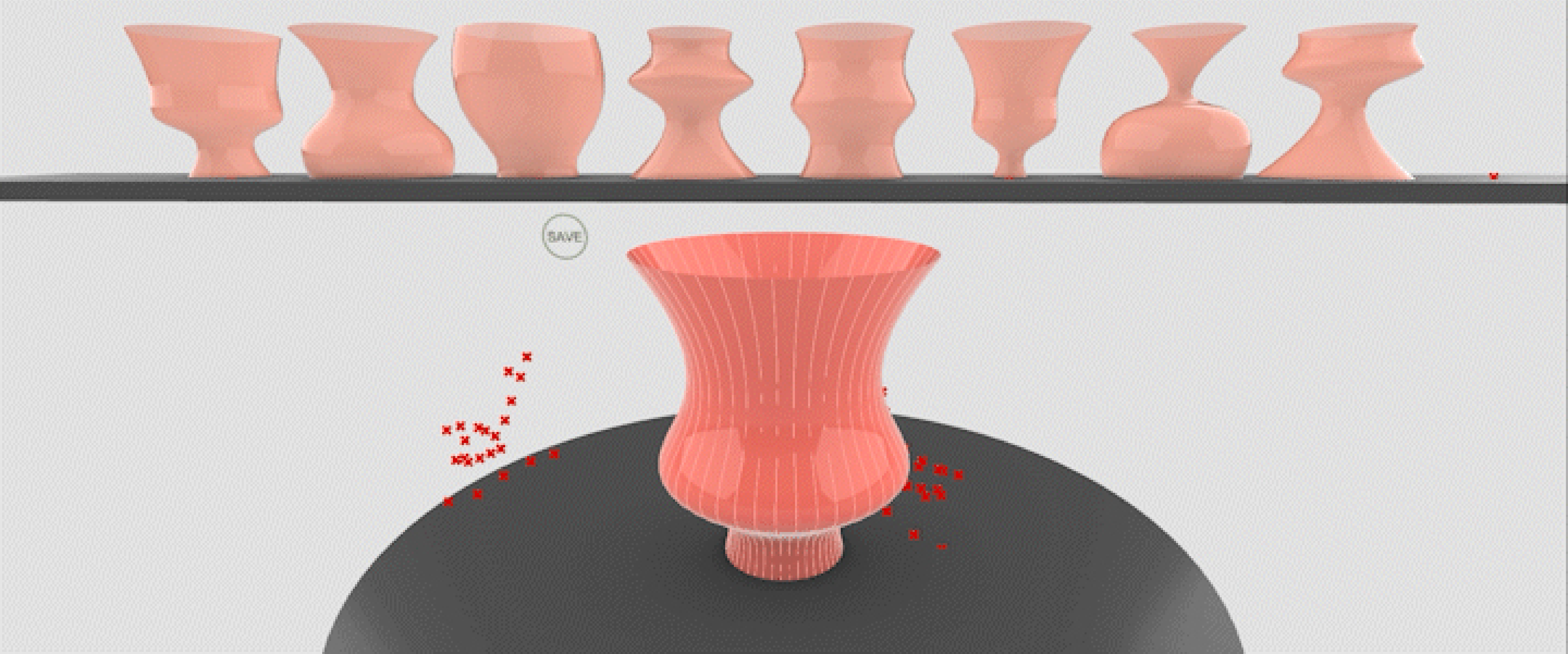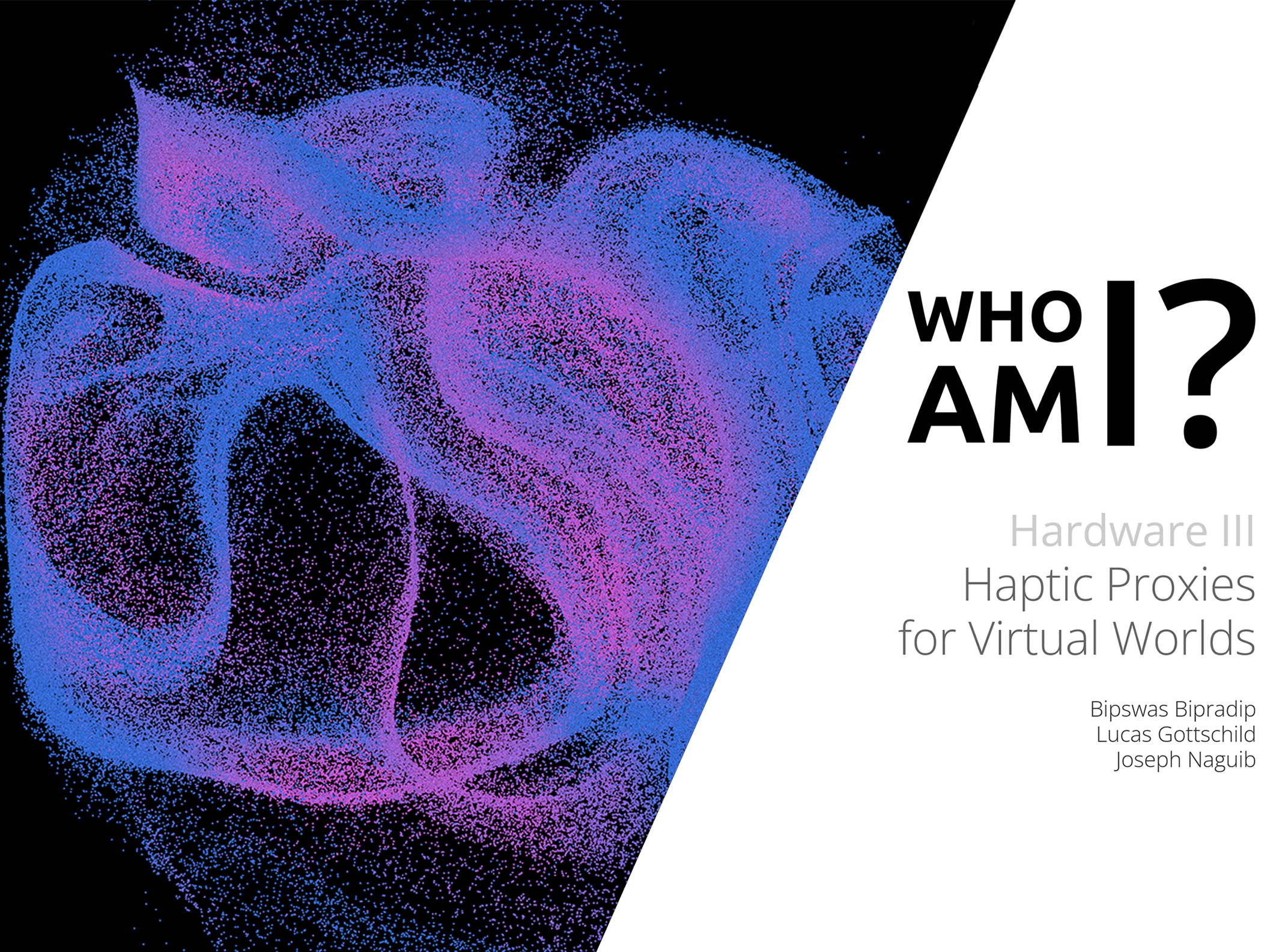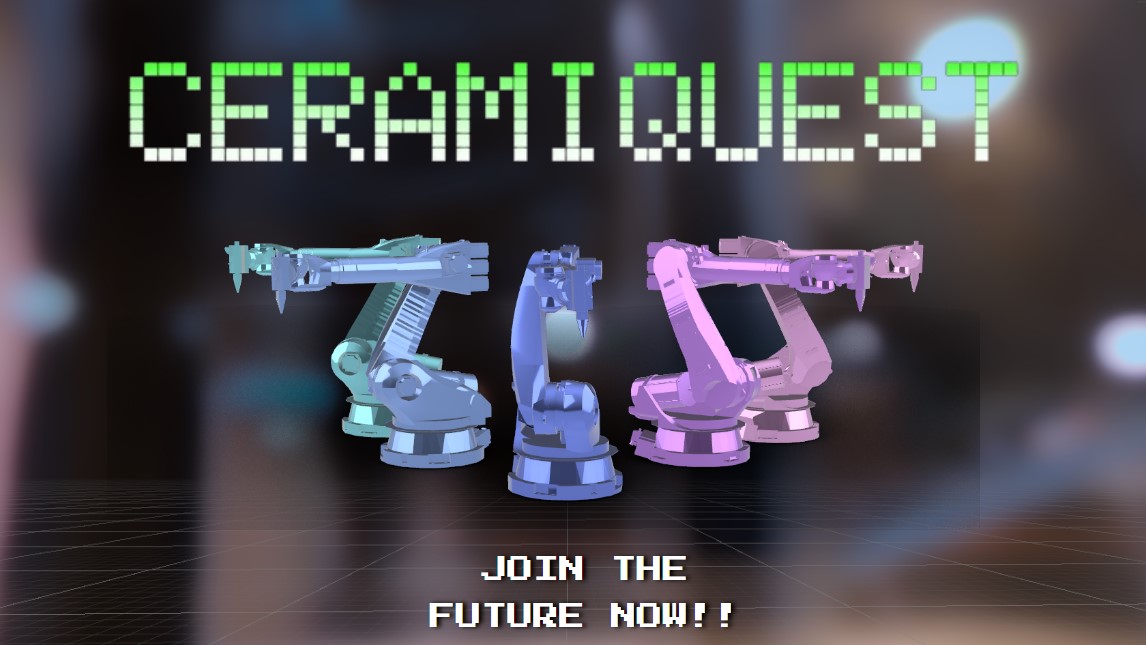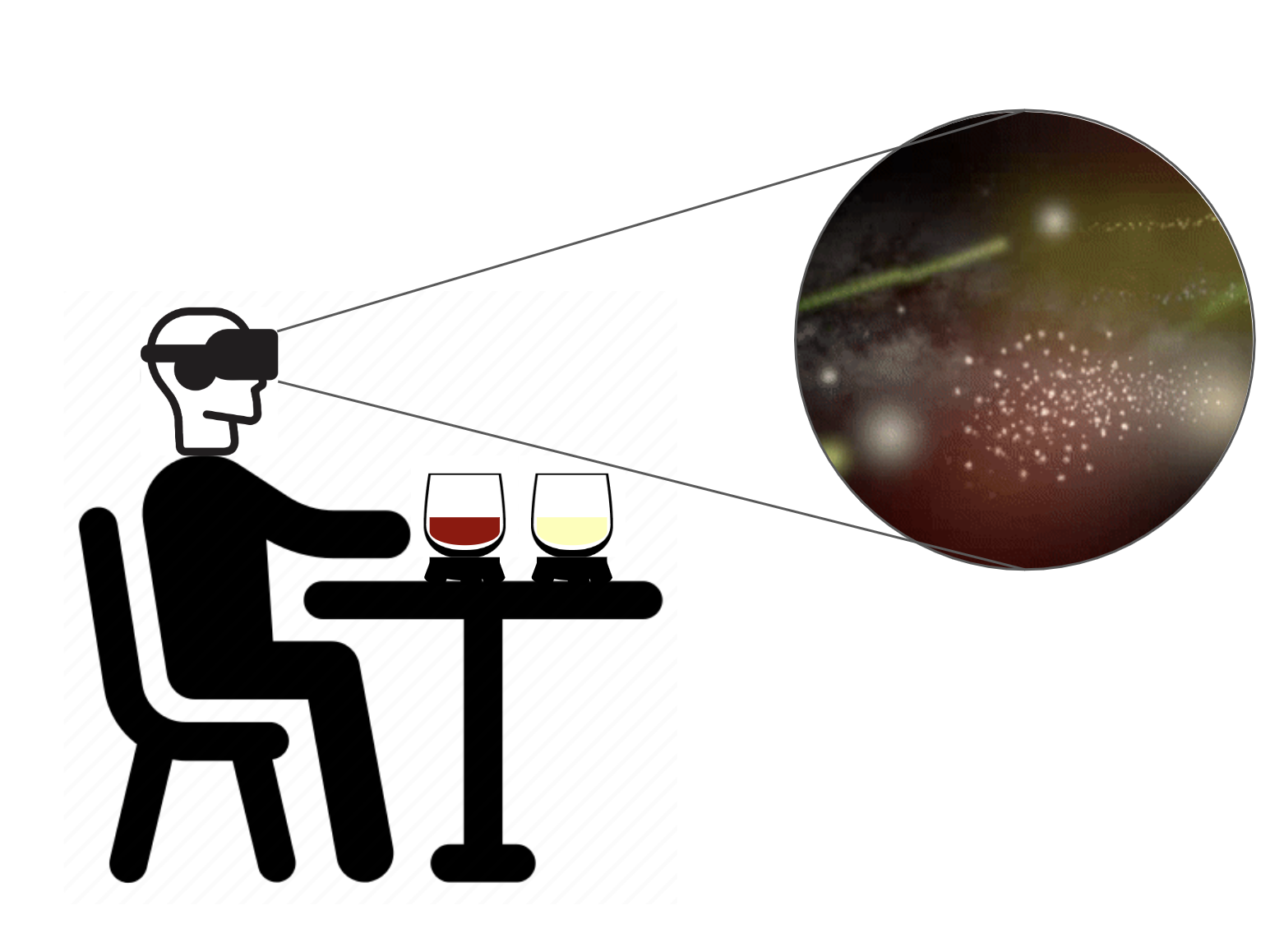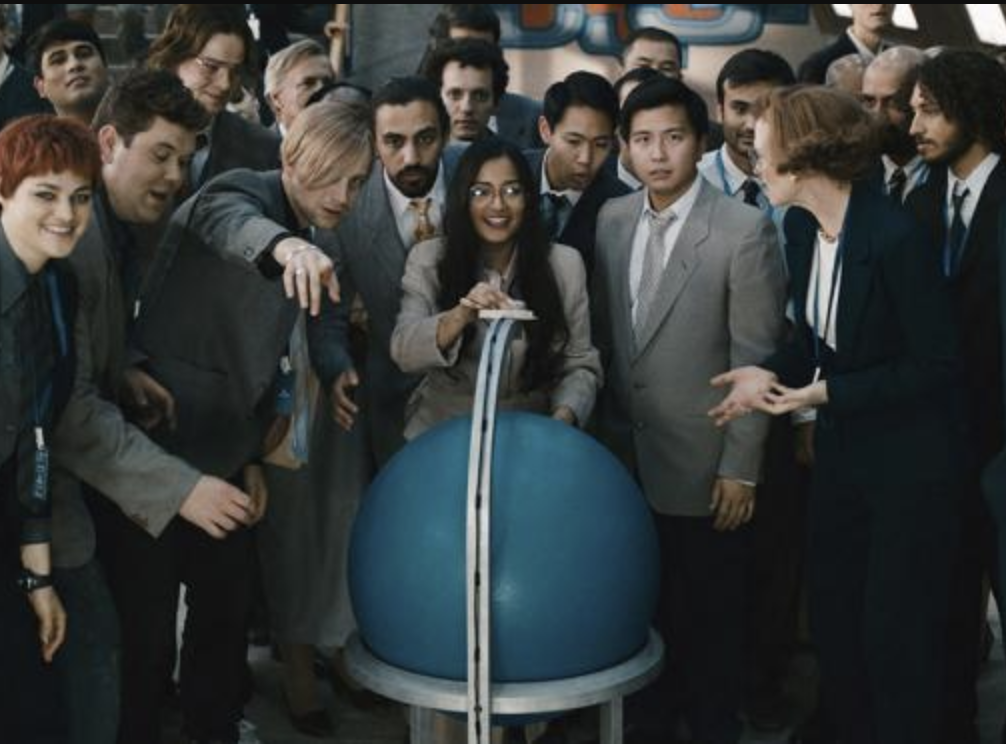
Photo credit: ‘The Billion Dollar Code’ – Netflix
Description
Haptic Proxies will work towards the development of interfaces taken from an alternative present, along a series of specific thematics exploration of the borders between software, hardware and the body. Science-fiction movies have long been a frontier in demonstrating futuristic computer interfaces and their reciprocative interactions. Ungoverned by technological limitations, they are free to render the most imaginative systems, including augmenting objects features that are not yet possible in reality.
These interfaces, intended as physical/digital/mixed objects, will be the basis to debate relationships between humans and machines – questioning how to nurture liveable futures for humans and more-than humans alike. Developing ideas experimentally using a daily basic level of technology to investigate how these objects could be used to create new circumstances, rituals and behavioural possibilities by actually plugging prototypes into real environments and observing their use and abuse in social situations over different periods of time.
Following an analytical, experimental and design methodology, proposing to use speculation as a tool to study the dynamics of human machine interaction and imagining and realising objects that will allow us to interact between ourselves and with our immediate collaborators. At their core, all of the projects will explore temporality and spatiality in order to provoke novel design insights, to critique the past developments of interfaces, and envision alternative potential presents.
Learning Objectives
- understand the basics of human interactions and digital technologies, using design as a strategy for linking immateriality to the material world in ways that lead to new communicational opportunities taking references from sci-fi narratives and media props
- explore analogue complexity in digital phenomena without abandoning the rich culture of the tactile
- be capable of research how embodiment plays out in the foundations of spatial thinking and how this can inform HCI
- how offline or real-time techniques are deployed and what reality is being manipulated (physical or virtual reality), and the purpose of the techniques (to affect object perception or the mapping between real and virtual objects)
- understand how to combine design for physical and / or virtual spaces.
- be able to design and execute an user interaction journey where physical and digital worlds are involved




